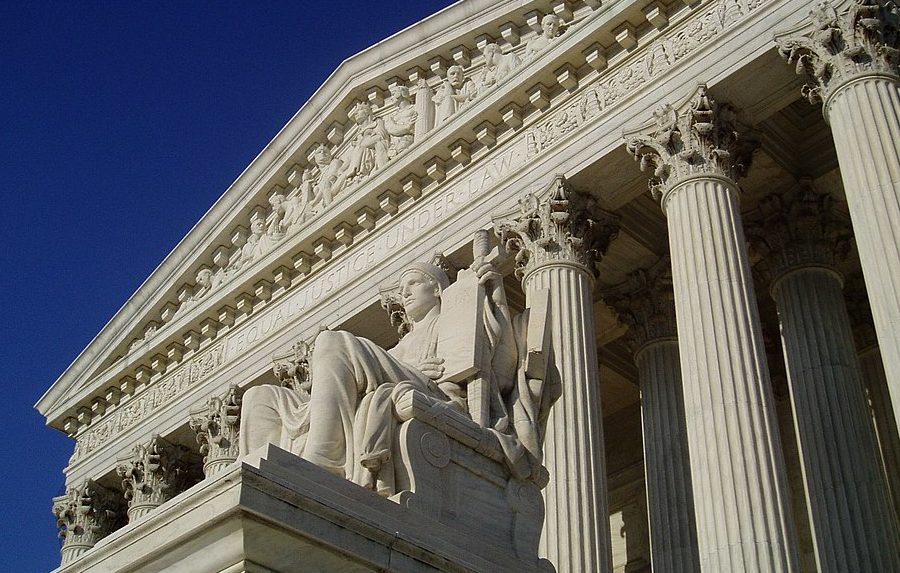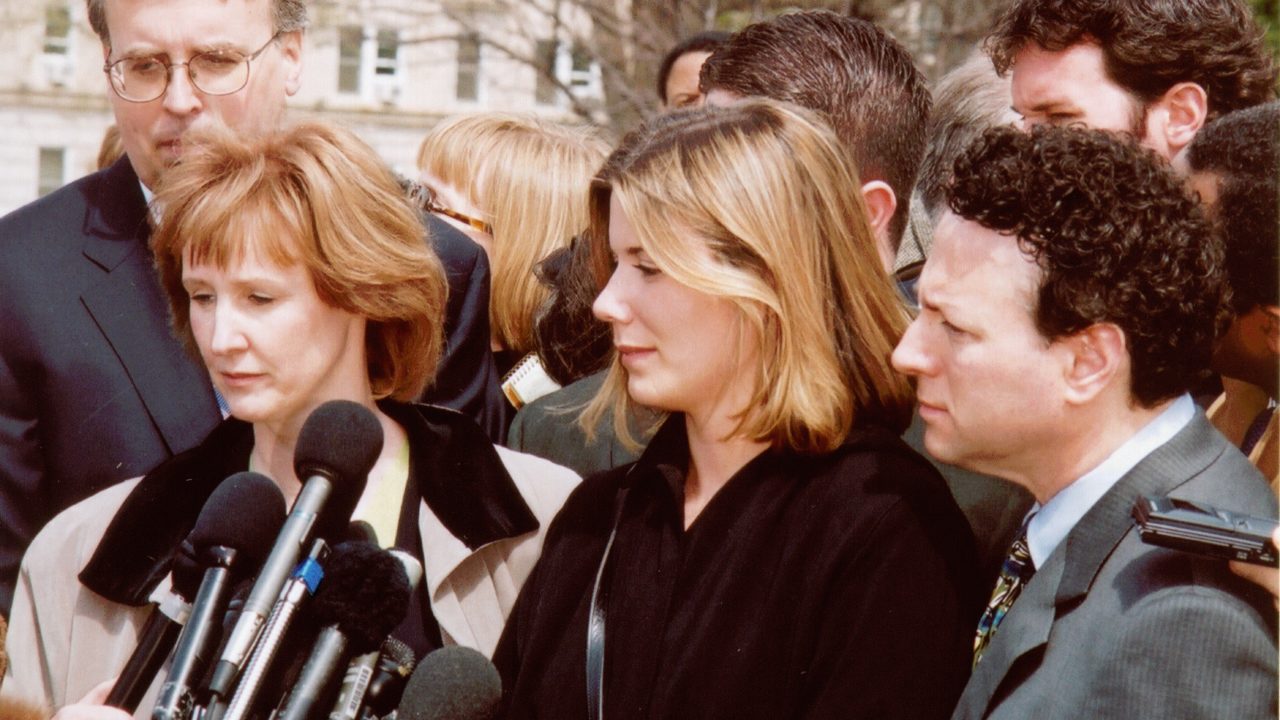Case Status: Partial Win: The Supreme Court struck down the UM undergraduate admissions system but upheld the law school system.
Gratz v. Bollinger; Grutter v. Bollinger
Updates on this case

Jan 2007
CIR expects to dismiss Washtenaw case against Michigan universities
Federal lawsuit continues Washington DC: The Center for Individual Rights expects later today to file a stipulated order to dismiss…

Dec 2004
CIR files damages claim against UM
Class- wide relief sought Washington, D.C.-- Together with co-counsel Kirk Kolbo, CIR today filed a motion before U.…

Jun 2004
CIR to testify before Texas legislature
Warns against return to race preferences The Center for Individual Rights will testify tomorrow before a Committee of the Texas…

Jun 2003
Supreme Court's mixed decision on race preferences
"The court's mixed decision strikes a blow against one form of race-based preferences," said Terry Pell, President of Center for…

Oct 2002
Supreme Court asked for extraordinary review of nation's leading affirmative action case
Plaintiffs in U. of Michigan lawsuit say don't wait for lower court decision Washington, D.C.--Applicants challenging minority admissions…



